Notes
Turkey’s Syria Invasion and Visual Media Bias
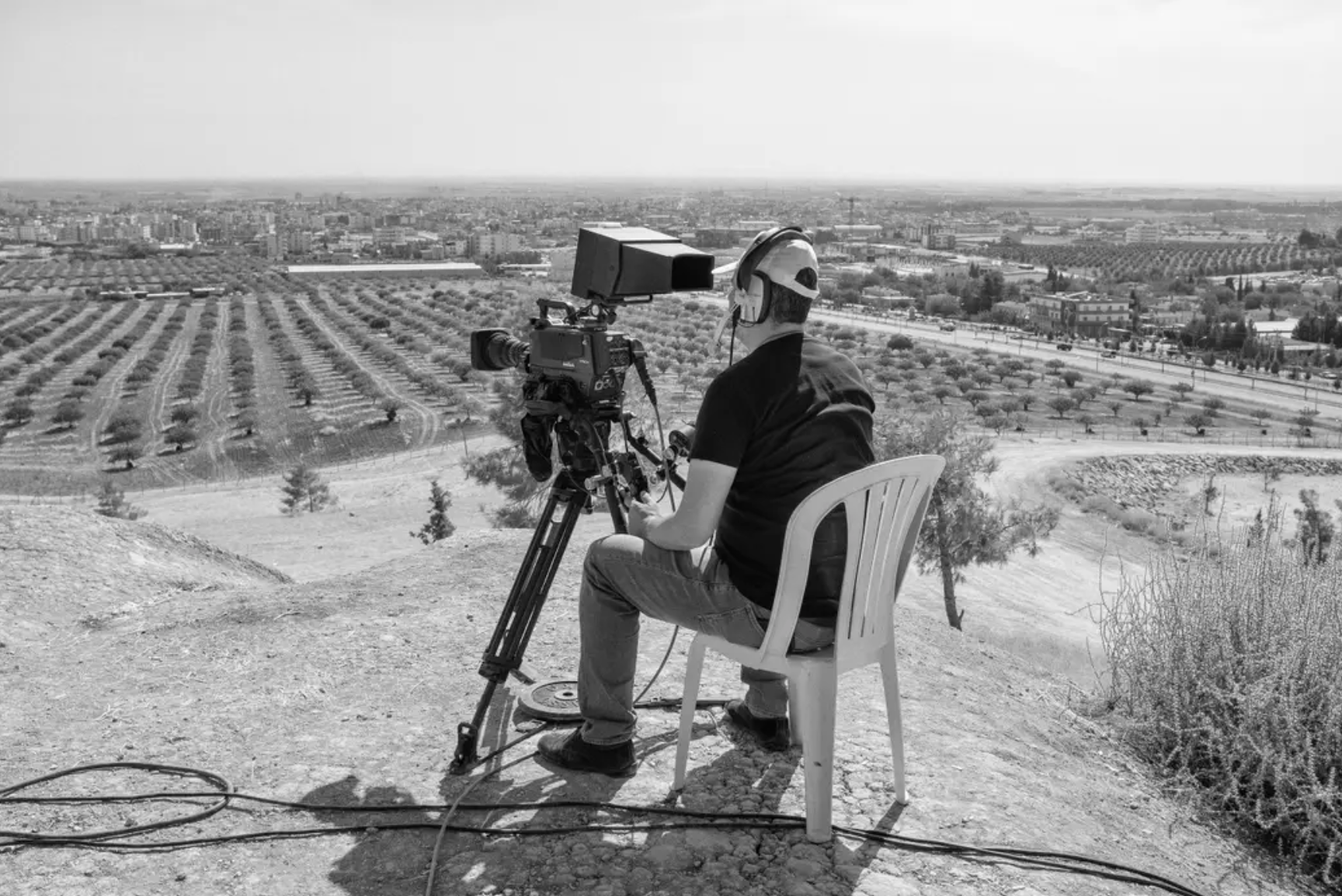
Media bias usually has to do with what’s in the frame–not whether or not there is one.
These photos from Magnum photographer, Emin Özmen, who is also Turkish, were featured in a beautifully shot documentary photo story and Q-and-A published at BuzzFeed on Nov 3rd. Surprisingly, the 12 photo story is titled: “A Look At Civilian Life In The Never-Ending Conflict Between Turkey And The Kurds.”
The question is: civilian life for whom?
In this case, it’s obviously the Turkish citizens on the border. Two of the first three photos in the story are the tell. We see a television cameraman camped out on the Turkish side capturing the bombing of the Kurd city on the other side, and then the scenes broadcast on Turkish TV.
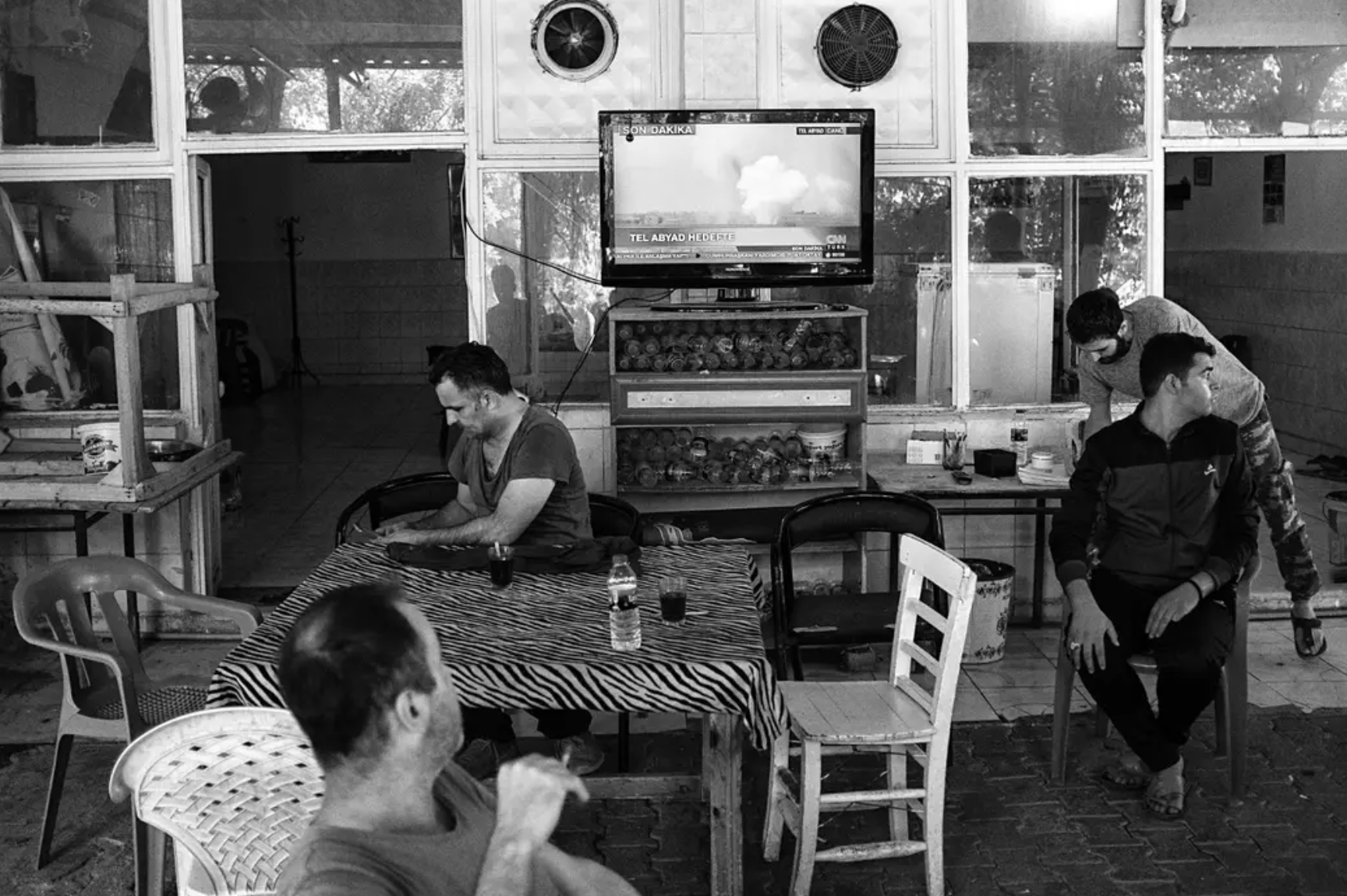
Other photos show Turks cheering its troops on the way to the border, and Turks in anguish over Kurd mortars that breached the border in the attack’s opening hours.
Mindful of the skew, Özmen leads with this statement:
“Journalism has to show all sides of an event, so my work alone is of course not enough to explain the aftermath of this operation, as I was on Turkish side (geographically), so I documented what happened there. I wish I would have been able to document what happened on the other side of the border too (Syria), but I was not able to do so.”
I do, too, because the world saw little of the other side.
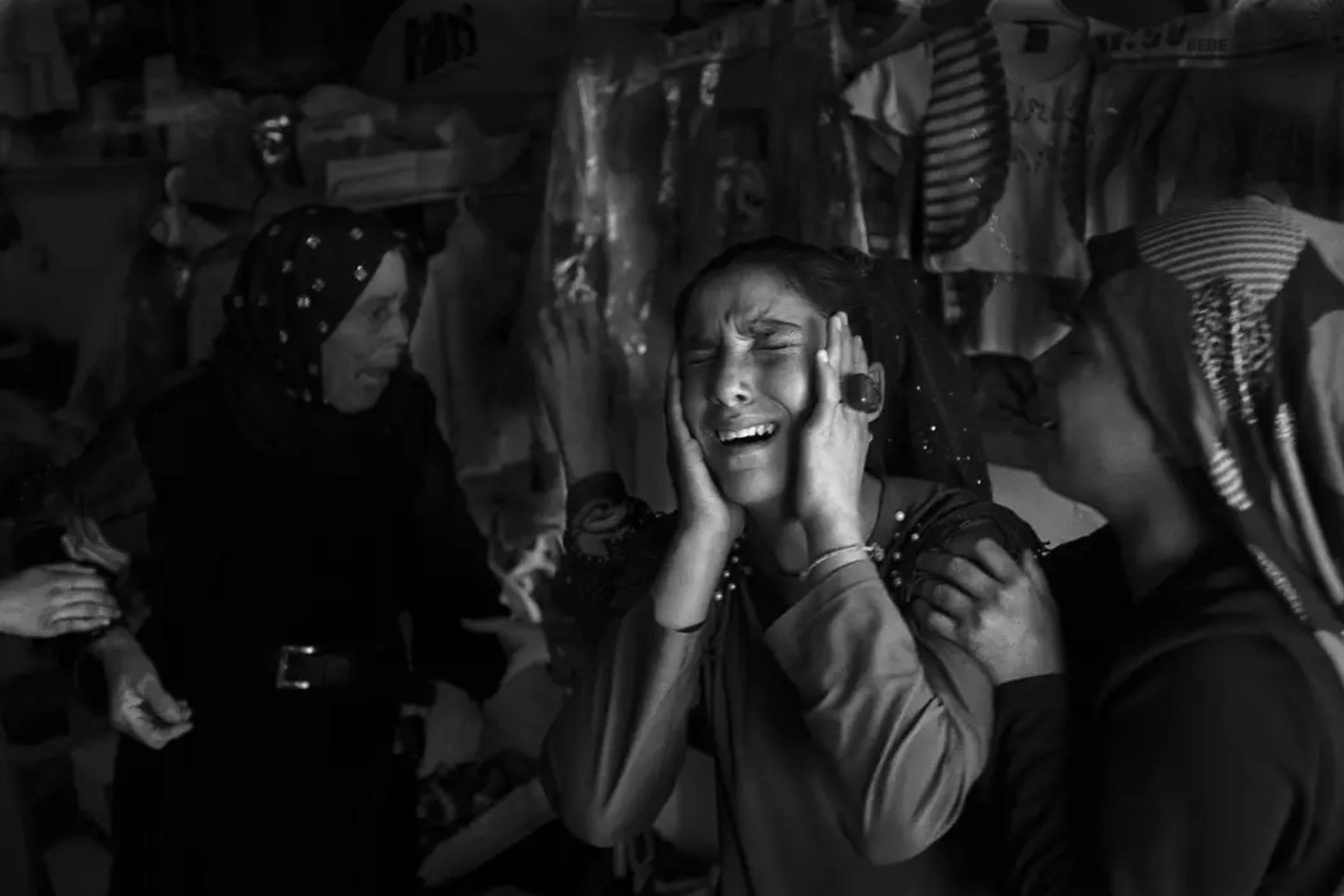
We tend to forget how much media bias involves the act of omission, not just commission. And how the absence of imagery, in this visually saturated world, becomes increasingly suspect. The Turkish campaign is a perfect example of visual bias almost singularly related to visibility.
–Michael Shaw
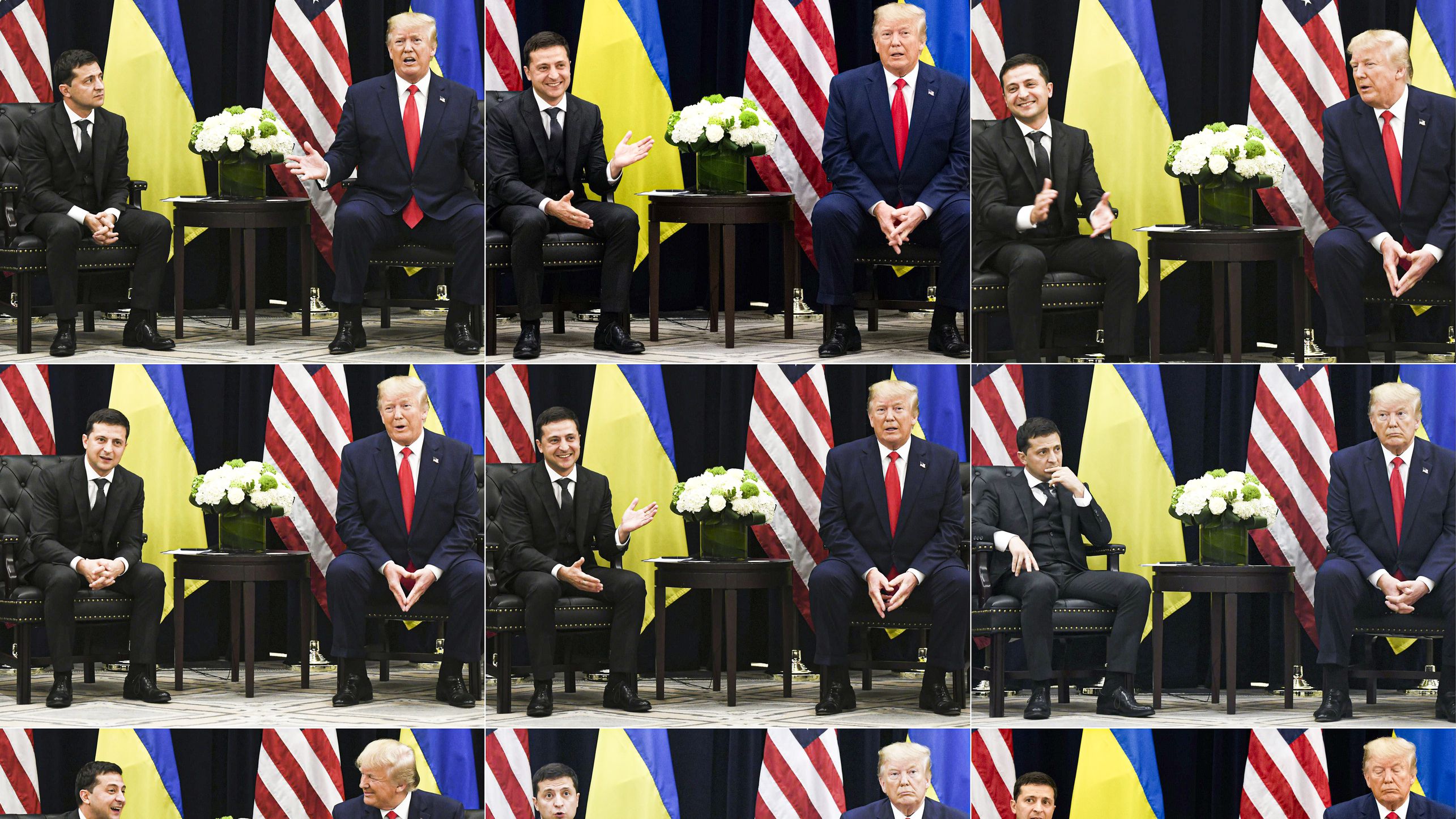
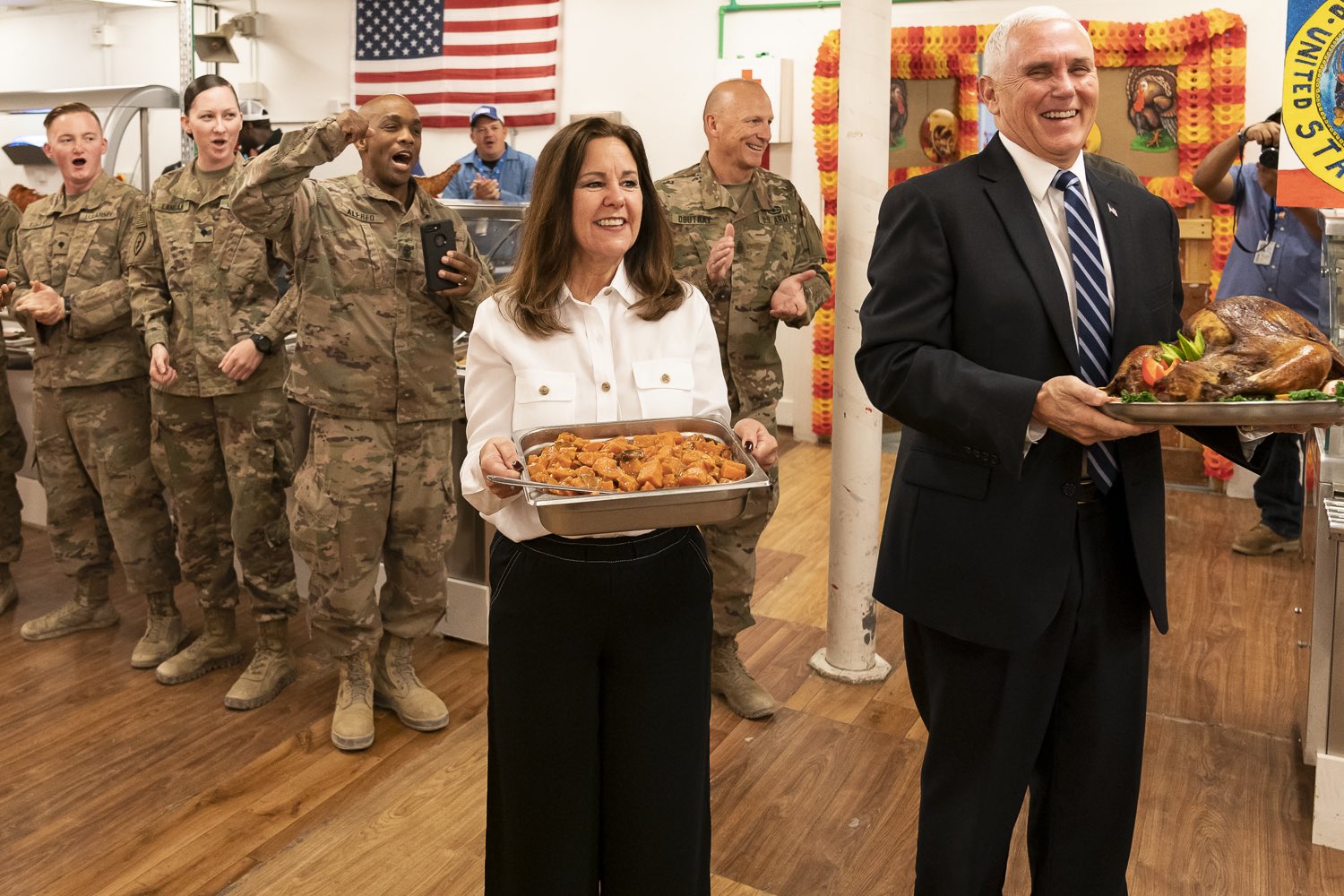
Reactions
Comments Powered by Disqus